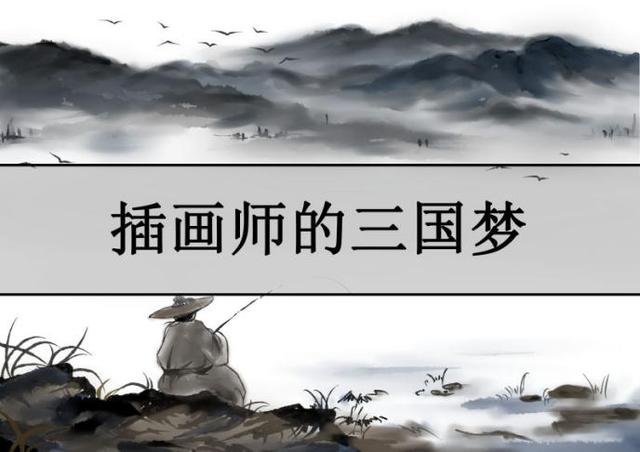
【語法透視】:一般疑問句的用法解析
一般疑問句
一般疑問句也可稱為 "yes / no questions",因這種問句通常用yes / no來回答,相當于漢語中的"……嗎?"其語序是:系動詞be / 助動詞/ 情态動詞+主語+其他成分? 如:
Are you from Japan?
Yes I am. / No I'm not.
Is her sister doing her homework now?
Yes she is. / No she isn't.
Does he work in a bank?
Yes he does. / No he doesn't.
Do you live near your school?
Yes I do. / No I don't.
Can you speak French?
Yes I can. / No I can't.
May I go home now?
Yes you may. / No you mustn't.
注意:
1.将陳述句變為一般疑問句時,如句中有be 動詞(am/ is /are)時,可直接将它們提至主語前。如主語為第一人稱,應将其改為第二人稱。如:
I'm in Class 2, Grade 1. →Are you in Class 2, Grade 1?
We're watching TV. →Are you watching TV?
2.陳述句中有情态動詞(can, may, must …)時,可直接将它們提至主語前,即可成為一般疑問句。如:
He can swim now. →Can he swim now?
The children may come with us. → May the children come with us?
3.陳述句中隻有一個實義動詞作謂語且其時态為一般現在時,變為一般疑問句時要在句首加do或does 主語後的實義動詞用原形。如:
I like these animals. →Do you like these animals?
She wants to go to the movies. → Does she want to go to the movies?
4.一般疑問句一般讀升調。
5.一般疑問句有時不用yes或 no 回答。如:
—Are they in town now?
—I think so.
—May I sit here?
—Certainly.
—Does he like soccer?
—Sorry I don't know.
2 / 2
,更多精彩资讯请关注tft每日頭條,我们将持续为您更新最新资讯!




